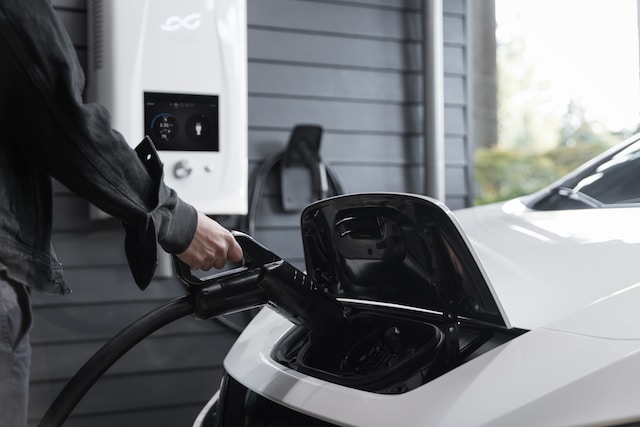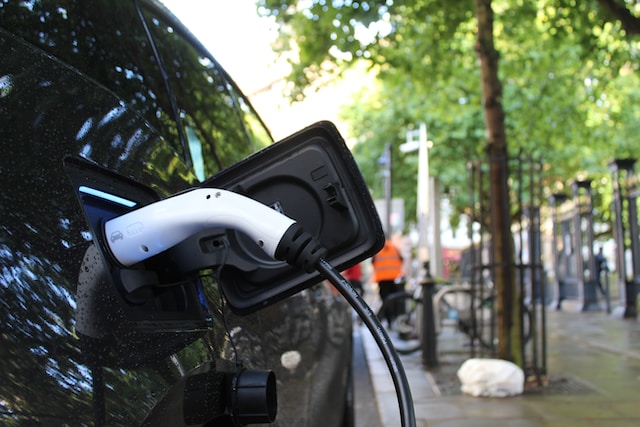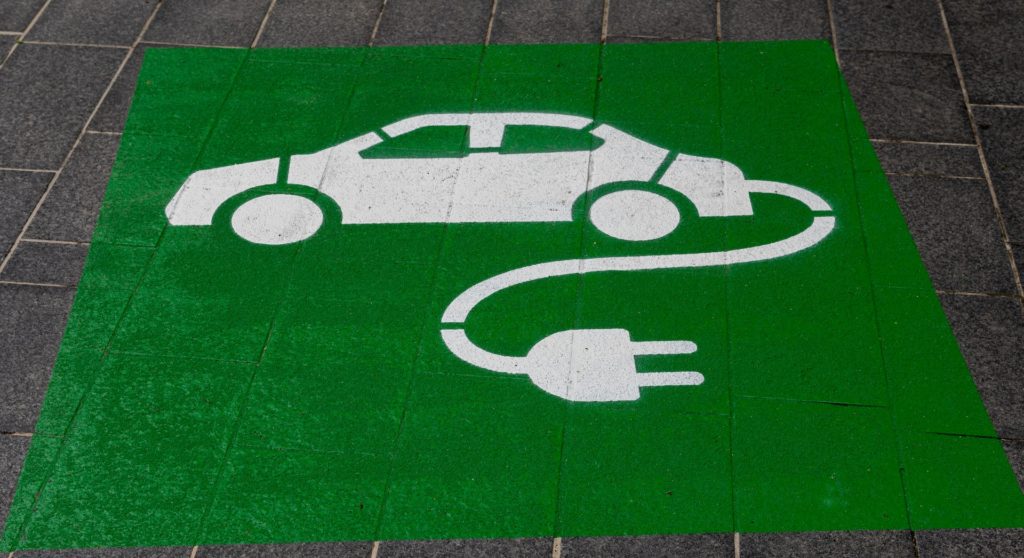Cover photo: Photo by Michael Marais on Unsplash
Today’s Focus of Attention is reader-supported. We sometimes include products we think are useful for our readers. If you buy through links on this page, we may earn a small commission.
There’s still a long way to go before EVs become the preferred choice for all of us.
As said in previous articles, we believe electric vehicles will someday surpass internal combustion engines, but for that, they must overcome quite a few obstacles hindering their passage to the premier leagues.
The first challenge is range.
EVs travel between 360 and 397 kilometres per charge. But if you buy a Lucid Air, Tesla Model S, Rivian R1S, or BMW iX, you can get between 505 and 830 kilometres.
And this brings us to the second hurdle: price.
Those EVs providing a considerable range cost between $65,000 and $150,000.
Most people cannot afford that. They prefer a $20,000 petrol car.
Aside from the vehicle’s price, there are additional costs for electricity and battery replacement.

Prices aside, let’s talk about charging time, the third obstacle.

Charging an EV with a lithium-ion battery takes around 10–12 hours using a standard house outlet. You can leave it overnight, and the next morning you are all set.
If you happen to have a fast-charging station nearby, your power pack will be ready in about 20 minutes, assuming not too many cars are queuing. Otherwise, it may take you a couple of hours.
Charging time is an issue for long-distance travel. Current batteries are not suitable for greater distances, with exceptions, of course, but you’ve got to pay tens of thousands more.
To stop at the nearest petrol station, fill the tank, and hit the road again is easier and cheaper.
On the flip side of the EV coin, we have hydrogen fuel cells, which, in theory, are better, safer, and offer a wider range. However, they are not widespread yet. This new technology also has to overcome a few obstacles, such as sustainable production, storage, and transport.
But let’s stay optimistic. Carmakers are working hard to make this technology available for everybody. We just have to wait a little.
Today’s article is about the batteries electric vehicles are currently using and those on the horizon which might solve the issues affecting this sector.
Lithium-ion battery
This common, high-density, and well-known type of battery is used by most EVs and Hybrids. They are also present on our cellphones and laptops.
Inside, a Li-ion integrates an anode and a cathode (storing lithium), a liquid electrolyte, and two current collectors (positive and negative).
One issue with lithium-ion batteries is that they may overheat and explode. At the same time, the constant charging and discharging reduces their lifespan.

Hydrogen Fuel Cell
This exciting technology is only available in the Toyota Mirai and the Hyundai Nexo. But other brands, such as BMW and Honda, are active in creating their own models.
Hydrogen offers longer ranges per tank, between 480 and 700 kilometres. Moreover, it only takes around five minutes to refuel; quite similar to internal combustion engines.
This green alternative also has the bonus of releasing water, not CO2, out of the tailpipe.
This is how it works: the car’s power system pumps hydrogen from the tank to the fuel cell, which separates electrons from protons.
The electrons seek to go through the electrolityc membrane to reach the cathode, but only protons can do that. So, the electrons make their way through the cables coming out of the fuel cell, electrifying the car’s motor and all the electric parts of the vehicle. This journey powers the car.
Finally, the electrons join the protons at the cathode, and both react with the surrounding air to form water, which then goes out of the tailpipe.
Hydrogen fuel cells are far from being widely used because they still have some challenges to address, such as sustainable production, transport, storage, and the development of refuelling infrastructure.
In addition to the previous setbacks, hydrogen may leak from any minor crack in the system or the tank due to its tiny molecules, diminishing its efficiency.
Solid-state battery

Solid-state batteries have been used for quite a while in pacemakers and other wearable devices. Their major weakness is that, until now, they have not been fully developed for EVs and are mainly for one-time use.
However, recent studies show that solid-state batteries, like the ones created by QuantumScape, can be charged from 0 to 80% in less than 15 minutes.
This technology is swiftly evolving and could potentially substitute the current batteries in cars as they offer more range and faster charging times.
The main difference between the average lithium-ion battery and the solid-state one is that the latter, as the name suggests, uses a solid electrolyte instead of a liquid one. This results in smaller packs and an increase in driving range since carmakers might place two of them in the vehicle.
On top of that, solid-state batteries appear to have a longer life span, with studies showing up to 5,000 charges without replacing them.
This could, in theory, reduce the price of EVs in the years to come.
Conclusion
The future of electric vehicles (EVs) hinges on the development and adoption of innovative battery technologies that can address the current challenges of range, price, and charging time.
As carmakers and researchers persist in their pursuit of innovation, we are likely to witness significant advancements in battery technologies, such as hydrogen fuel cells and solid-state batteries.
These breakthroughs could eventually render EVs more viable options for a broader range of consumers.
While the road to widespread electric vehicle adoption may be a lengthy one, the potential benefits to our environment and society make it a journey well worth undertaking.


